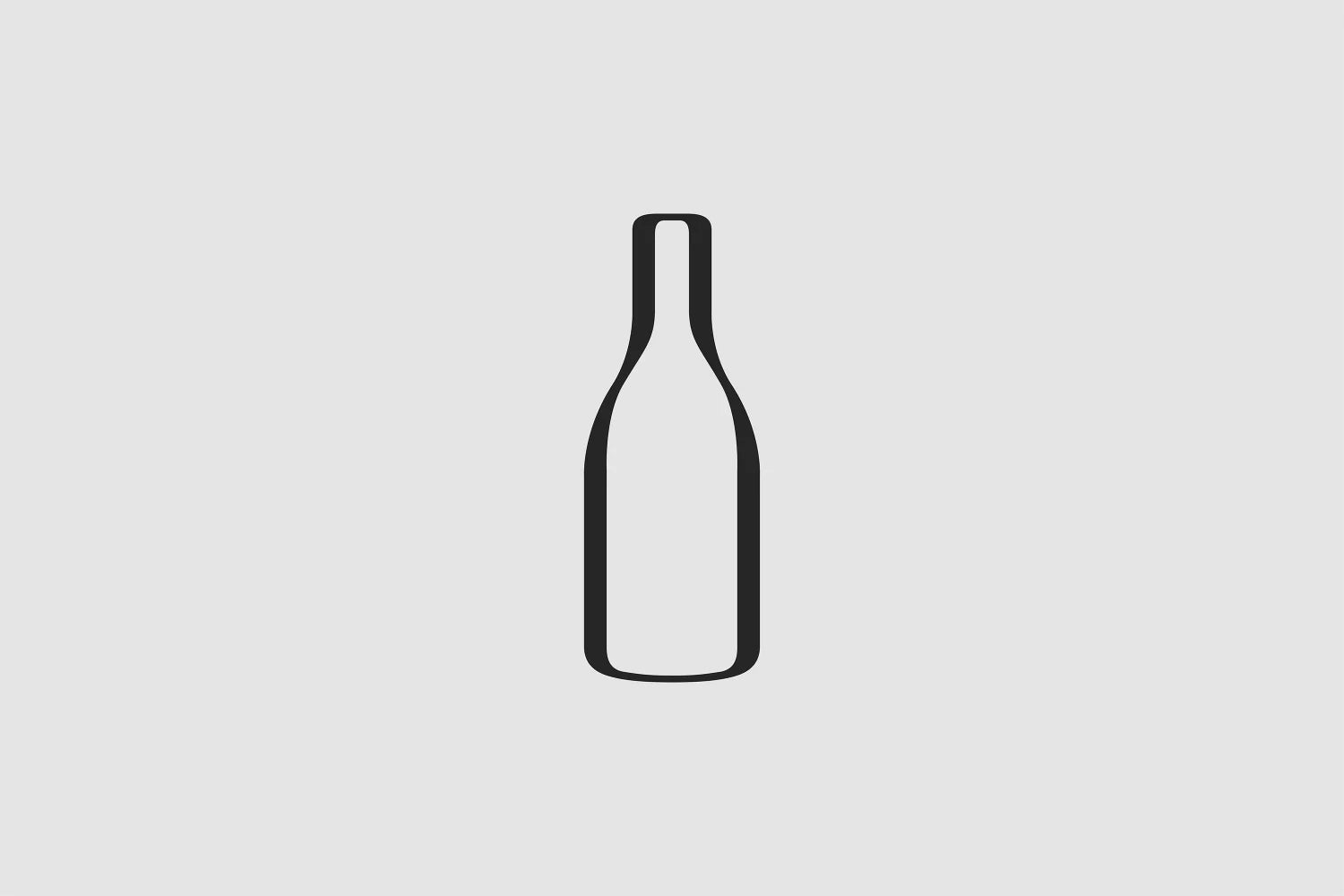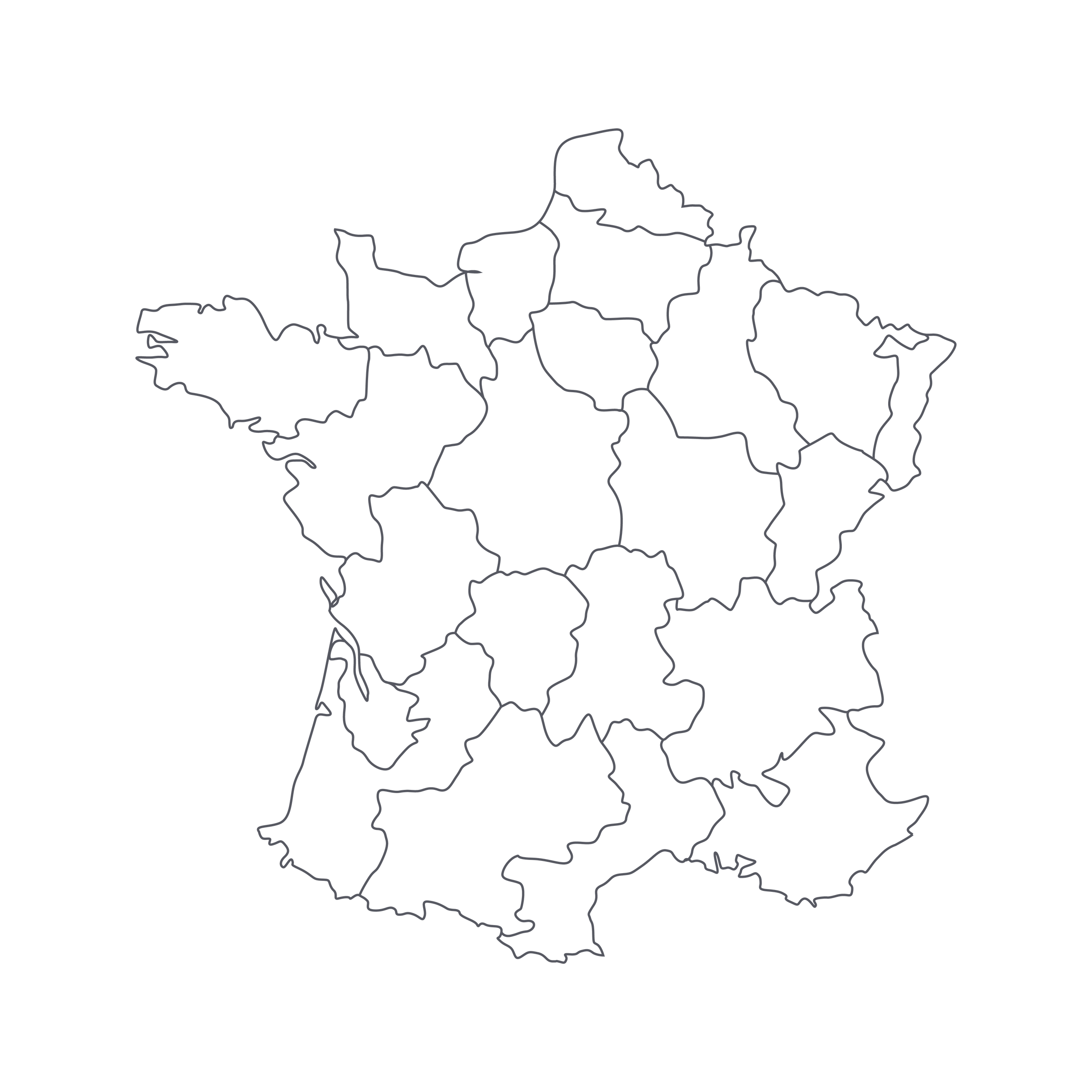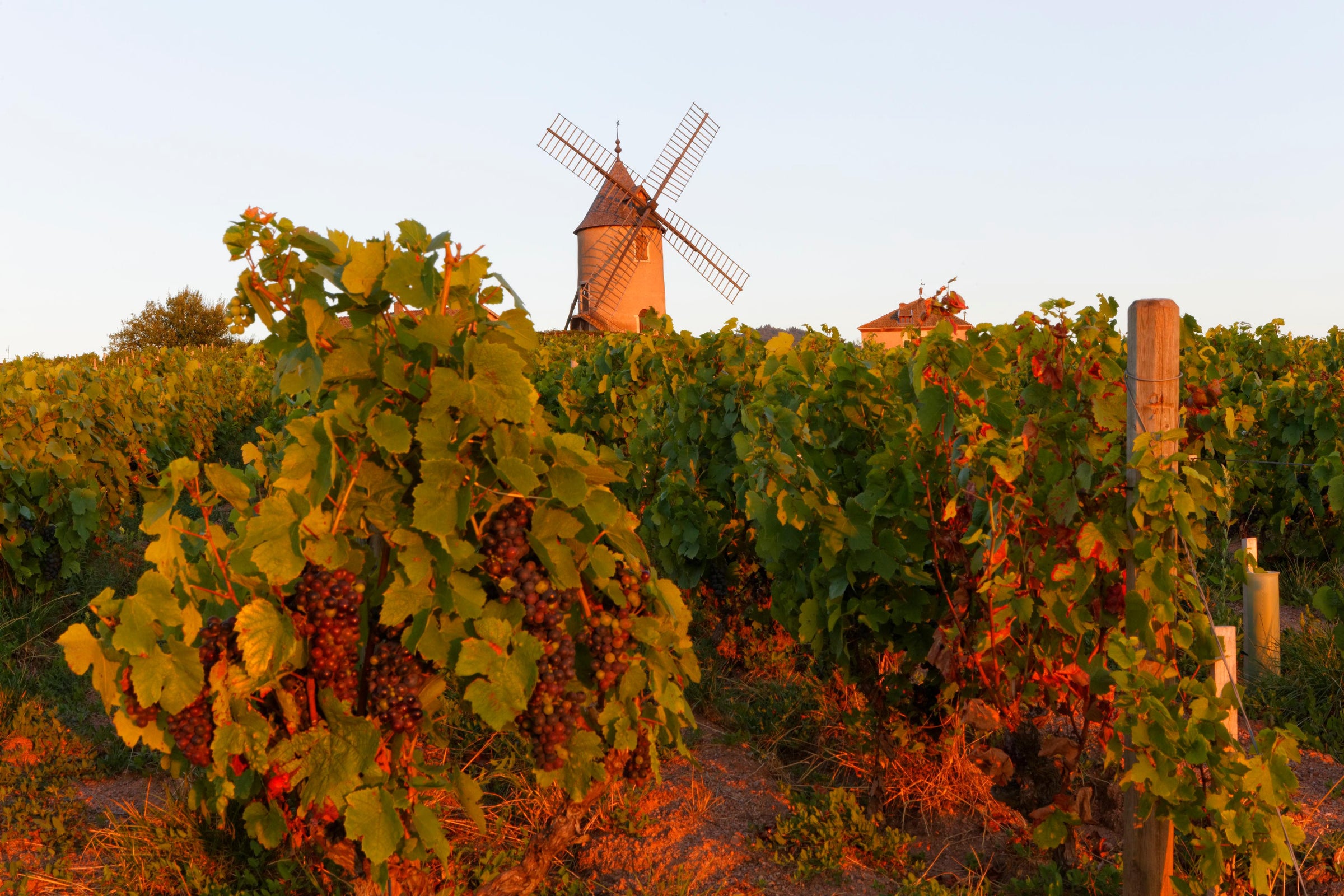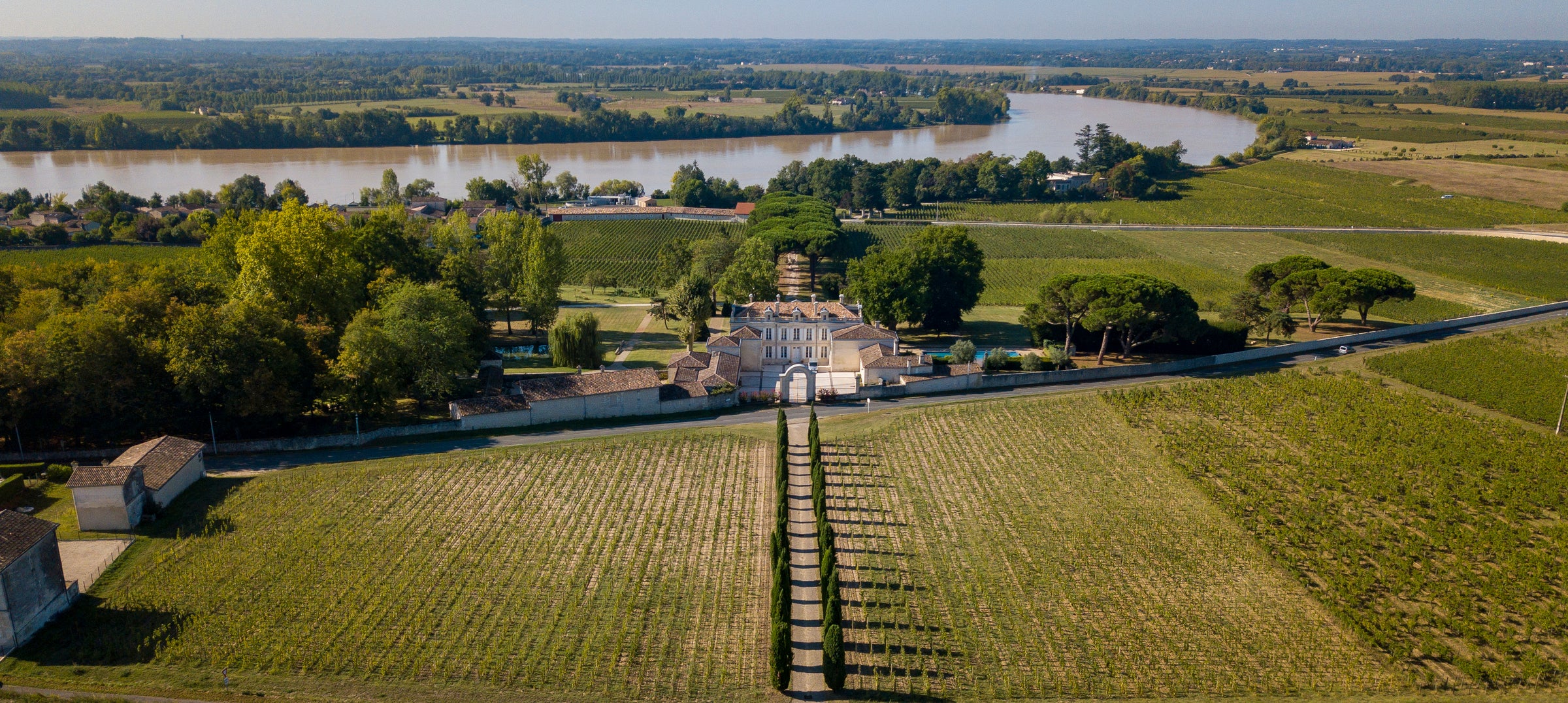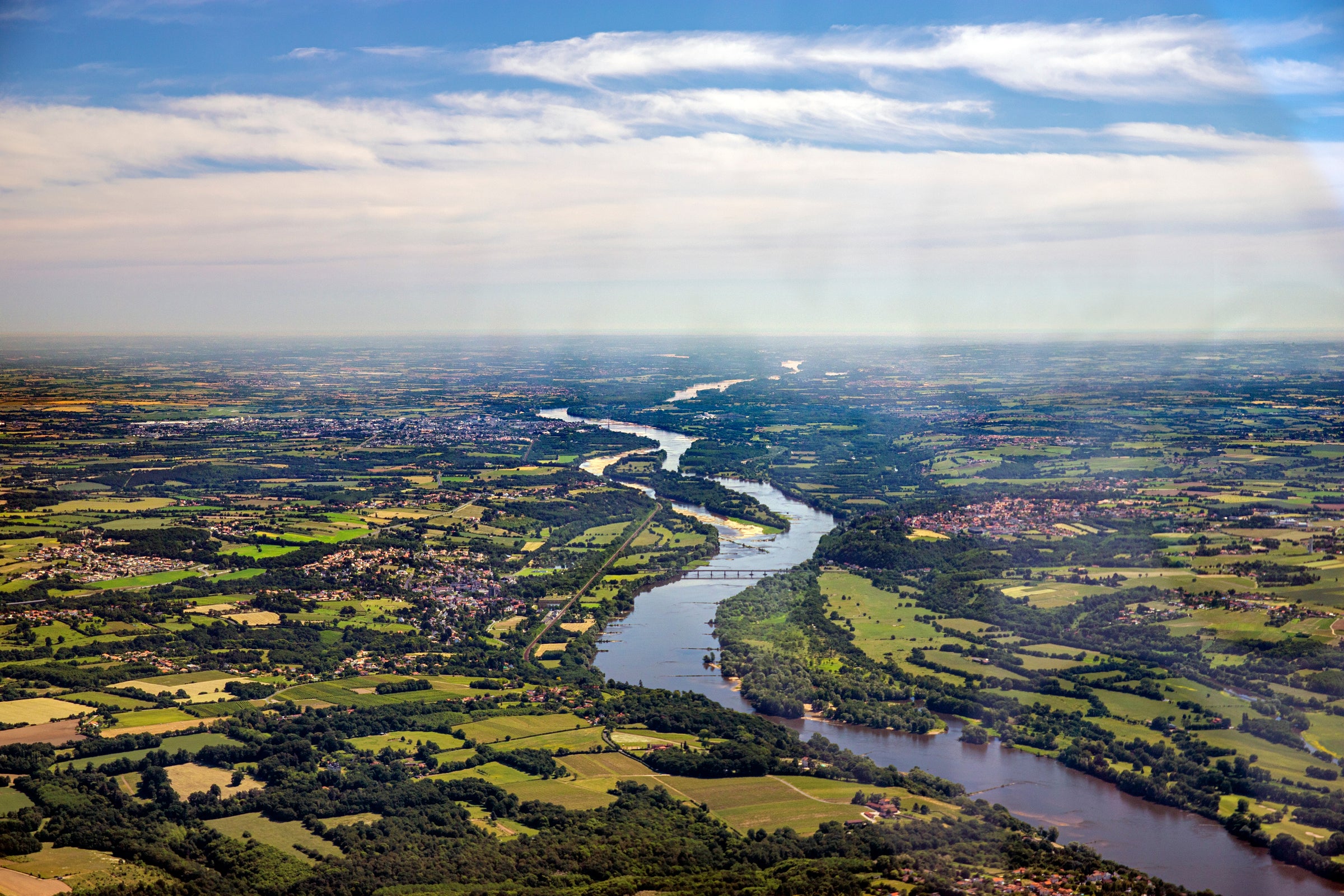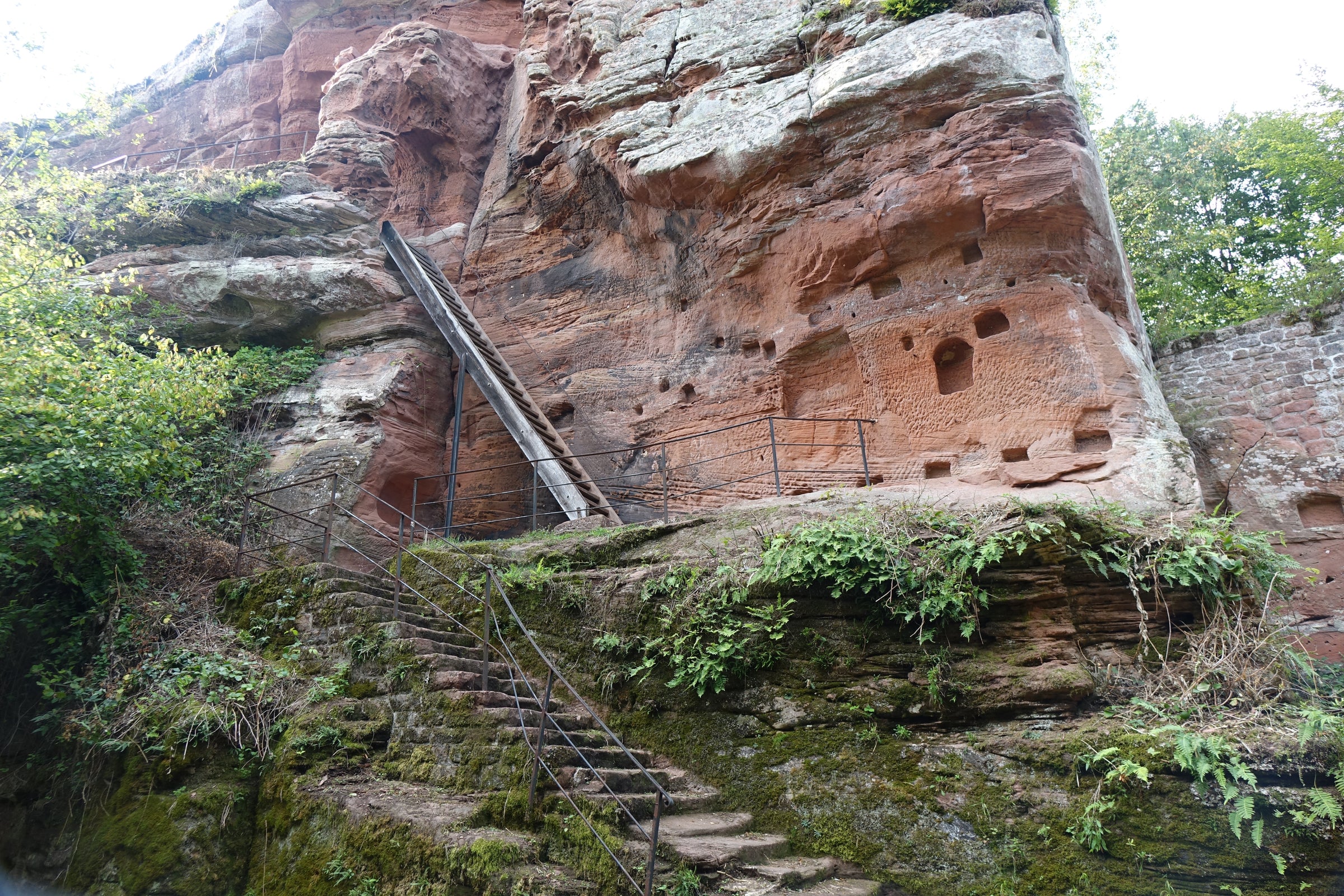I have a career-long infatuation with Bois de Boursan Châteauneuf-du-Pape. If one seeks timeless, infinitely cellar-worthy, deeply layered CDP, Bois de Boursan must be a first destination. Still, there is something especially profound about the 2016 vintage—a historic and perhaps best-in-lifetime vintage for the region. Eyes light up at SommSelect HQ every time a top producer’s wine from 2016 arrives to taste, and that enthusiasm is mirrored by most experts in the field: “Certainly one of the great vintages,” says Jancis Robinson MW. “Unmissable...one of the greats,” says Decanter. “Classic...besting the high-water marks,” says The Wine Spectator. Clearly, this is a vintage to stock up on.
And again, for me, there is no better example than Bois de Boursan. I’m inching toward two decades of experience tasting and collecting this wine, and after drinking no less than three bottles of today’s 2016 vintage, I can attest that it’s tantalizingly close to perfection. There can be no debate that it’s (a) an irresistibly delicious companion to grilled lamb shanks and seared ribeyes today; and (b) destined to become a showstopper as it evolves across the decades ahead. The only debate is if we will live to witness another CDP vintage this perfect. So, I urge you to follow my example and purchase as many bottles as your budget allows!
I visited the cramped, almost pitch-black stone cellar at Bois de Boursan with my father in my twenties. It remains one of my most vivid, joyful memories. Still, the significance is not entirely sentimental. I also learned an important wine lesson that day. While I entered the cellar fearing that Châteauneuf-du-Pape was a region lost in a rabbit hole of its own willfully high alcohol and excessive ripeness, I left a few hours later with a much different perspective: Namely, that the region’s finest wines are something altogether more balanced, intricately detailed and extraordinary. Every bottle of Bois de Boursan is a reminder that nothing compares to truly great Châteauneuf, and a one-way ticket to the untamed terroir of Southern France. To this day, I can think of few other producers—and none who price wines this fairly—who more faithfully and viscerally express the essence of the region. In 2016, Bois de Boursan harnessed all elements of the region’s legendary terroir and channeled it into a refined and elegant wine which, today, is hauntingly reminiscent of fine Burgundy. I’ve enjoyed countless bottles of mature Boursan over the years, so take my word that this wine is only going to get better and better. It’s a must for anyone who loves drinking and cellaring true-blue classic French wine.
I remember Bois de Boursan’s cellars as especially rustic and dark, filled with ancient oak barrels and cement fermenters which were packed so tightly from floor to ceiling that one could barely squeeze between them. There was virtually no light, no buzzing machinery, and really no trappings of modern wine production, whatsoever—just the quiet, heavy footsteps of Jean-Paul Versino and the sound of him drawing an ounce of wine out of a barrel and into my glass. His cave is right in Châteauneuf-du-Pape proper, and my visit there was one of the greatest highlights of an epic French wine trip. And while Jean-Paul’s wines were incredible then, they’ve only gotten better. Made in an overtly pure and traditional style, layered with pristine fruit, herbs, and notes of olive and meat, they possess a distinctly pure and deeply mineral core. When I think of perfect Châteauneuf, a mature, 10-20-year-old bottle of Bois de Boursan or Château Rayas is what comes to mind.
The property was founded in 1955 by Jean Versino and continues to be operated today by his son (and
Bruce Springsteen look-alike) Jean-Paul. This is a modest, 10-hectare property, with all the vineyards located inside the village of Châteauneuf-du-Pape. The estate only bottles three wines; no Côtes du Rhône and no “second labels.” Vine age spans from 55 to 95 years, and all farming is performed organically without the use of chemical fertilizers or pesticides. The property is carved up into 37 small sub-parcels, and while most modern producers in Châteauneuf-du-Pape work almost exclusively with Grenache, Jean-Paul works with all 13 permitted varieties for the appellation. This creates a complex mosaic of aroma and texture that is rarely found in the region. Similarly, vinification for this wine is über-traditional: grapes are left almost entirely in whole clusters (15% were destemmed in 2016) with the maceration on skins extending for at least three weeks. This is followed by 24 months in giant, neutral oak
foudres. The result is what I believe to be one of the best and most consistent Châteauneuf-du-Papes money can buy.
Gazing into the 2016 Bois de Boursan’s ominous garnet core is like staring into the abyss. I can recall few wines in my life that have looked as deep and brooding and intense—and you can judge this book by its cover! After a brief one hour rest in the decanter, this red unleashes a torrent of Burgundian aromas to accompany its power and physicality; imagine the feral aspects of the great Grand Cru “Clos de la Roche” crossed with Château Rayas and you’re starting to enter the ballpark. Still, this is a singular wine that demands its own accolades and superlatives. It’s a tidal wave of wild berries, succulent cherries, anise hyssop, muddled currants, and wildflower blossoms—and, of course, the scorched sage/thyme/lavender notes, exotic mushrooms, and palpable meatiness that makes Bois de Boursan a classic in my book. Decant for 1-2 hours, and serve at 60 degrees in large Burgundy stems. With a wine this good, there is no “optimal drinking window”—it is simply outstanding today, and I am certain it will only grow more profound and impressive with each of the next 20+ years. And, like I hinted above: If you know what’s good for you, fire up the grill and throw on some herb-crusted lamb or a top-quality, dry-aged ribeye. This beast is ready to party! Cheers.
